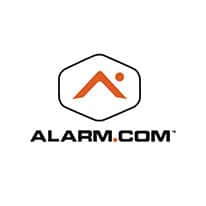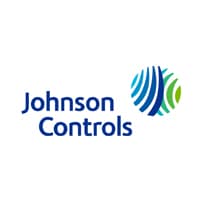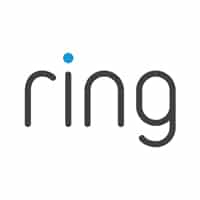

The Z-Wave ecosystem encompasses more than 4,500 interoperable products. These products work together through stringent enforcement of Z-Wave certification, performed at independent test labs, and overseen by the Z-Wave Alliance. For more information about Z-Wave certification and interoperability.
A key aspect of Z-Wave is its emphasis on interoperability. Z-Wave devices are required to undergo a certification process to ensure they can work seamlessly with other Z-Wave devices, even those from different manufacturers. This is achieved through application layer interoperability, meaning all devices speak the same “language” or use the same commands and protocols.
Z-Wave ensures secure and reliable two-way communication through message acknowledgment and mesh networking. Each message sent over a Z-Wave network is acknowledged, ensuring the sender knows the message has been received. If a message is not acknowledged, the network can automatically retry sending the message, enhancing reliability.
Z-Wave uses a sub-GHz frequency band, avoiding the more congested 2.4 GHz and 5 GHz bands. This choice minimizes interference from other wireless devices in and around the home, providing a more reliable communication channel for home automation devices.
In a Z-Wave mesh network, devices (nodes) can communicate directly with each other or relay messages through other devices to reach nodes that are out of direct range. This increases the network’s range and reliability, as messages can find multiple paths to their destination.
Supports a star network topology. In a star network, all nodes (devices) connect directly to a central hub or gateway. This differs from a mesh network, where nodes can connect to multiple other nodes, not just a central hub. However, while individual Z-Wave LR devices operate in a star network, they can still be part of a larger more extensive Z-Wave mesh network.
Z-Wave LR is an evolutionary wireless technology that brings forth a new era of connectivity, extending the reach of the Z-Wave dynasty by leveraging existing modulations that can provide greater range (via DSSS OQPSK) while meeting regulatory requirements. Z-Wave LR offers a significant advantage, as it is designed to provide extended wireless coverage, increased scalability, optimized battery life, and robust security for IoT networks.
For sensor applications, battery life is key. Z-Wave 700 brings sub microAmp sleep power, low power communication and automatic power management, ensuring long battery life in any device. Coin cell operation is now possible, providing small-footprint sensors to be embedded virtually anywhere in smart environments, with no battery maintenance needed for a decade. Security should not compromise battery life, which is why secure S2 key exchange is done in less than 1s.
The ease of experience follows through from development into deployment with SmartStart. This feature allows QR-code pre-configuration of Z-Wave devices and networks for instant installation success. With SmartStart, device inclusion can be initiated automatically by simply powering on the device. This enables a simplified user experience for both professional and DIY installers, with devices that are genuinely ready to use, right out of the box.
Step into a realm of endless possibilities with Smart Home innovation. Seamlessly connect and control devices, from lighting and thermostats to security systems, all at your fingertips.



